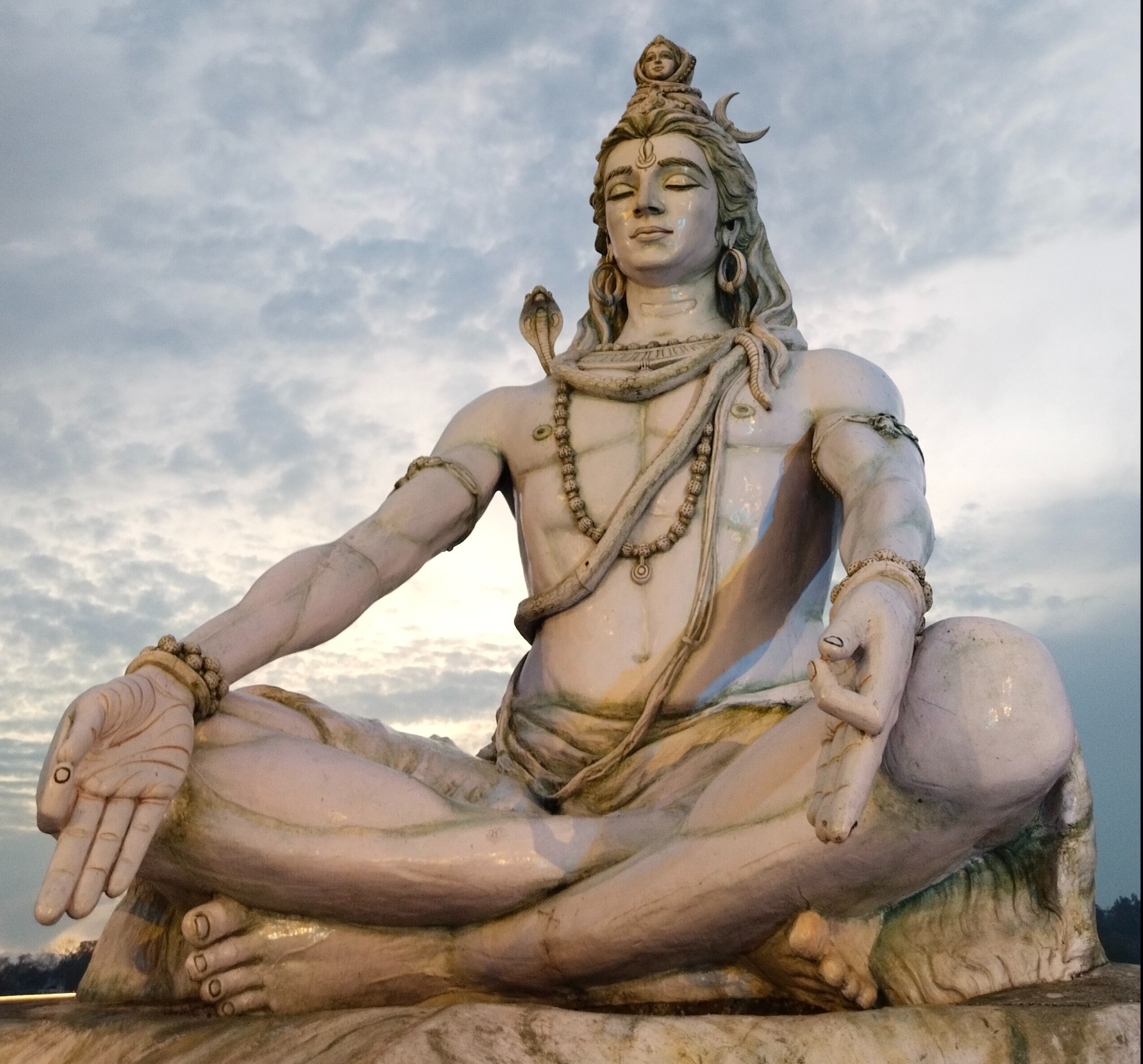What Is Traditional Yoga:
Many individuals perceive and believe “traditional yoga” as a form of exercise, a physical activity focused on stretching and toning the body. However, “traditional yoga” is far more profound and beyond these. It delves into the realms of the conscious and the subconscious, aiming to bring harmony and unity between these two worlds within our being (“conscious belongs to brain, and subconscious belongs to spine”). Word yoga derived from the Sanskrit language, “yoga” itself translates to “unite” or “union,” signifying the ultimate goal of this practice. As the first yogi, Shiva, imparted this wisdom to the Hindus, this is the reason shiva is called as “founder and father of traditional yoga”.
For instance, imagine setting a goal to complete six articles within a month. While your conscious mind is driven to achieve this target, sometimes your subconscious lures you with distractions and procrastination. It continuously whispers promises of tomorrow, leading to a delay in accomplishing your initial objective. However, by attaining harmony between these two aspects of your mind, you can regain control over your actions and decisions. This integration between the conscious and subconscious self enables you to align your thoughts, desires, and actions, ultimately aiding in the fulfilment of your goals. Thus, traditional yoga serves as a gateway to unlocking this harmony within oneself.
Patanjali role in yoga:
The Patanjali wrote a book for yoga to show his love for Shiva. Which is “Patanjali Yoga sutras”. But, before Patanjali also yoga existed. Goutham “Buddha” born before Patanjali in Hindu royal family and practiced yoga. In the time of buddha yoga allowed only for kings and their family members. Buddha father king Suddhodana initiated yoga to him, and he enlightened with yoga. Later buddha decides all people should have access for yoga, for that he established a religion “Buddhism” where all people have access to yoga.
Because of buddha services for the people through yoga. Patanjali got access, even he is not a king. And Patanjali also practiced yoga and enlightened with yoga. And he wrote a book what he experienced in yoga, to pass the knowledge to future generations. Patanjali is the first person wrote a book for yoga (the book name is Patanjali yoga sutras). That book is the reference for modern yoga, because of this Patanjali called as father of “modern yoga”. shiva is known as father and founder of traditional yoga.
Types of traditional “yoga path of shiva”:
Within the realm of traditional yoga, practitioners can explore three distinct stages.
-
-
1. Hatha Yoga: The Art of Asanas
Hatha Yoga deigned, to prepare a person body for raja yoga (meditation), if a person has any type of health problems in body, he can’t do meditation (raja yoga). to fix health problems in body we use hatha yoga.
2. Thandav Dance: The Movement of snake.
After practicing hatha yoga for Period of time to check the results of hatha yoga Thandav dance is deigned.
3. Raja Yoga: Harnessing the Power of Meditation
Raja Yoga, another name is meditation. which is about handling human consciousness, and controlling human feelings, amotions.
-
The Profound Advantages of Traditional Yoga
As practitioners of traditional yoga, they begin to unlock numerous benefits that extend beyond the physical realm. By cultivating inner harmony and unity, individuals can experience a positive transformation in their lives. Some of the profound advantages of traditional yoga include:
-
- Enhanced physical strength, and balance.
- Heightened mental clarity, focus, and mindfulness.
- Improved emotional well-being, stress reduction, and relaxation.
- Expanded awareness and ability to live in the present moment.
- Increase lifetime.
- Good mental and physical health.
- chronic health issues can be Heald.
